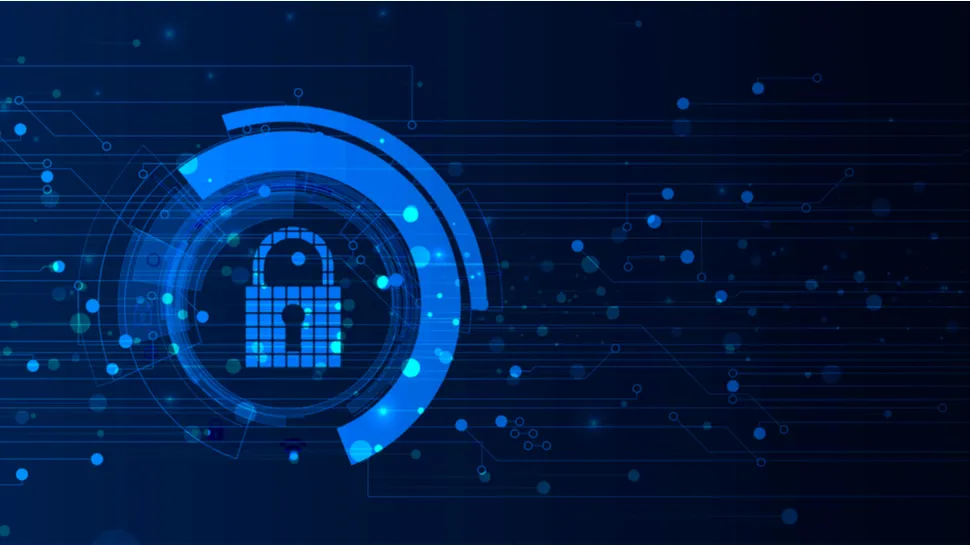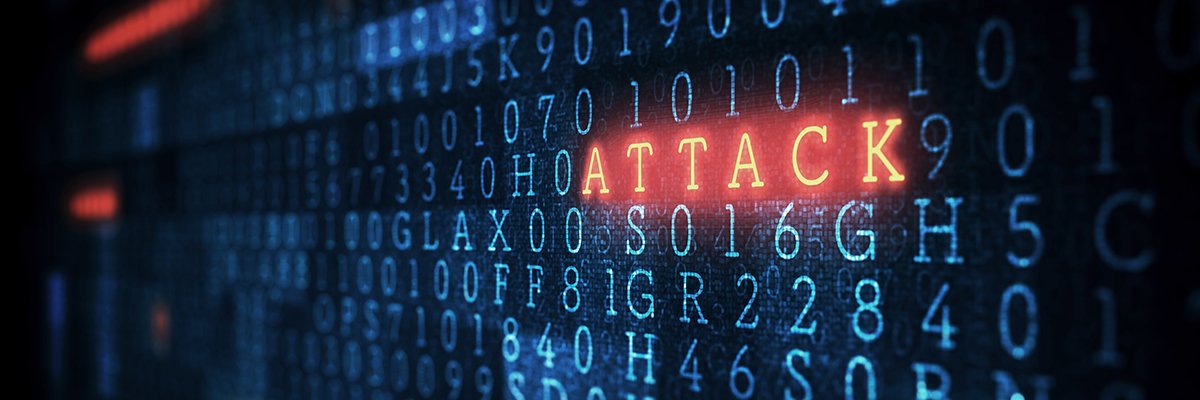Balancing act: CISOs knife-edge role in modern cybersecurity

Enhanced personal liability and duty of care are becoming increasingly
unavoidable for many industries under the NIS2 (Network and Information Systems
Directive) - a directive to set higher standards for cybersecurity across the
European Union - and DORA (Digital Operational Resilience Act). This change is
unnerving for CISOs as their role is officially recognized by regulators,
shareholders, and customers. 62% cited concerns about personal liability in a
recent global survey by Proofpoint, demonstrating the increased pressures of the
role. ... Cybercriminals are already experienced users of AI, with ransomware
producers incorporating AI and machine learning techniques into their malware
while using it to target specific victims and evade antivirus software
detection. Such use of advanced technology is expected to continue as ransomware
developers become more proficient in their tactics and multiply the challenges
CISOs will face. While AI can automate threat detection and response, it
requires an understanding of past threat activity.
Exploring the Role of Consensus Algorithms in Distributed System Design
Consensus, in the context of distributed systems, is the act of getting a
group of nodes to agree on a single value or outcome, even if failures and
network delays occur. This agreement is vital for the proper functioning of
distributed systems, for it ensures that all nodes operate cohesively and
consistently, even when they are geographically dispersed. ... At the heart of
many consensus algorithms is the concept of Leader election, as it establishes
a single node responsible for coordinating and making decisions on behalf of
the group. In other words, this leader ensures that all nodes in the system
agree on a common value or decision, promoting order and preventing conflicts
in distributed environments. Fault tolerance is a critical aspect of consensus
algorithms as well, as it allows systems to continue functioning even in the
presence of node failures, network partitions, or other unforeseen issues.
Consistency, reliability, and fault tolerance are among the primary guarantees
offered.
Rogue state-aligned actors are most critical cyber threat to UK

These groups have become emboldened to act with impunity regardless of whether
or not they have Russia’s official backing, and the NCSC said it had
“concerns” that these groups have a higher risk appetite than those advanced
persistent threat (APT) actors – such as Sandworm – that operate as units of
the Russian intelligence and military services. This makes them a far more
dangerous threat because they may seek to attack CNI operators without
constraint and without being able to fully understand, or control, the impact
of their actions. The consequences of this could be exceptionally severe. At
the same time, Russian APTs continue to advance their goal of weakening and
dividing Moscow’s adversaries by interfering in the democratic process using
mis- and disinformation and cyber attacks. ... Of particular concern next go
round will be large language models (LLM), which will almost certainly be used
to generate fabricated content and deepfakes before the election, and a
developing trend of targeting the email accounts of prominent individuals, as
previously reported.
Fostering an automation-driven operations mindset in enterprises
By embracing automation, companies are changing the way they operate. This can
mean rethinking their entire business model to become more profitable and
competitive. However, this change is not always easy. Businesses face various
challenges, such as dealing with disruptions in the market, figuring out the
right number of employees needed for their operations, and keeping up with the
ever-changing market conditions. Businesses are recognising that in order to
stay relevant and successful, they need to undergo a digital transformation.
This means adopting new technologies and ways of doing things to achieve
significant positive changes in their operations. Automation has the power to
create these changes across all types of industries, including retail,
logistics, manufacturing, and the BFSI sector. ... This shift is so
significant that the market for industrial automation in India is expected to
double from USD 13.23 billion in 2023 to USD 25.76 billion by 2028. This is a
clear indication that companies are investing heavily in automation to ensure
they remain competitive and up to date with the latest advancements.
MongoDB vs. ScyllaDB: A Comparison of Database Architectures

The MongoDB architecture enables high availability through the concept of
replica sets. MongoDB replica sets follow the concept of primary-secondary
nodes, where only the primary handles the write operations. The secondaries
hold a copy of the data and can be enabled to handle read operations only. A
common replica set deployment consists of two secondaries, but additional
secondaries can be added to increase availability or to scale read-heavy
workloads. MongoDB supports up to 50 secondaries within one replica set.
Secondaries will be elected as primary in case of a failure at the former
primary. ... Unlike MongoDB, ScyllaDB does not follow the classical relational
database management system (RDBMS) architectures with one primary node and
multiple secondary nodes, but uses a decentralized structure, where all data
is systematically distributed and replicated across multiple nodes forming a
cluster. This architecture is commonly referred to as multiprimary
architecture. A cluster is a collection of interconnected nodes organized into
a virtual ring architecture, across which data is distributed.
Relationship management: The unsung art of optimizing IT teams

Getting the most out of IT staff and unleashing synergies among IT teams is
among the more underappreciated skills an IT leader must have to optimize
their organization’s efforts. And for that you must develop an uncanny knack
for relationship management and an understanding of how differing
personalities can enforce and work with one another to great effect. After
all, IT brings together a diverse range of personalities, from statisticians,
mathematicians, and developers who are rooted in the rigors of computer
science, to liberal arts majors who might just as soon be writing a novel if
it could pay the bills. So, how do you as an IT leader unify these
wide-ranging personalities into a cohesive project team? The short answer is
that you don’t try to change anyone. Instead, you seize on common goals most
team members have: To see success, feel good about the work they do, and
contribute in ways that play to their strengths — while avoiding what they
find off-putting or unproductive.
As perimeter defenses fall, the identify-first approach steps into the breach

An identity-first strategy is all about knowing the identity of all humans and
non-humans accessing points within the enterprise. In other words, the
strategy calls for the organization to know each employee, contractor, and
business partner as well as endpoint, server, or application that seeks to
connect. It is often also called identity-centric or identity-first security.
It's foundational to implementing zero trust because zero trust says trust no
entity until that entity — whether human or machine — can authenticate that it
is who it says it is and can verify it has been authorized to access the
network, application, API, server, etc. that it's seeking to access. ... As
Avijit explains, no single solution delivers an identity-first strategy.
Rather, it requires a synthesis of policies, practices and technology — like
nearly everything else in cybersecurity. Those elements must come together to
achieve three key objectives, says Henrique Teixeria, senior director analyst
at Gartner, a research and advisory firm.
Collaborative strategies are key to enhanced ICS security
Cooperation between IT (information technology) and OT (operational
technology) departments is extremely important to address unique security
challenges in industrial sectors. The IT department is usually responsible for
managing computer systems, networks, and data, while the OT department manages
operating systems, industrial control systems, and sensors. Synergy between
these departments allows for a better understanding and confrontation of
threats involving industrial control systems. IT teams have expertise in
information security, and OT teams have years of experience working with
industrial systems. By combining the knowledge of both departments, one can
proactively identify and address security vulnerabilities and threats. The
advantages of training these departments with each other are many. First,
understanding both aspects – INFORMATION and industrial technology – allows
for more effective identification and analysis of security challenges that are
specific to the industrial sectors.
3 cybersecurity compliance challenges and how to address them

Changes in regulations can be as rapid as the introduction of new products or
the emergence of new threats and attacks. Thus, organisations need to be agile
enough to keep up with regulatory changes. Unfortunately, not many of us have
the ability to do this on our own. Cybersecurity skills shortage continues to
be a problem when it comes to compliance. Many organisations lack the right
people to properly address cyber threats, let alone continuously monitor
regulatory changes. The challenge of keeping up with changing regulations can
be addressed with the help of resources that track updates for you. Often,
these are related to specific business niches. For companies involved in
credit and financial service operations, for example, the cybersecurity alerts
of the National Association of State Credit Union Supervisors (NASCUS) provide
up-to-date information on the latest regulations that affect those in the
business of extending credit and other financial services. There are also
regulation monitoring subscription services that provide updates on
regulations in general.
Ethical Considerations in AI and Cloud Computing: Ensuring Responsible Develop and Use
Transparency and ethics go hand in hand. With AI, transparency is an essential
ethical practice that plays a role in meaningful consent, accountability, and
algorithmic auditing. Transparency is essential for driving public acceptance
and trust in AI. AI has been accused of having a “black box” problem, referring
to the lack of transparency in how it operates and the logic behind its
decisions. The use of complex algorithms and proprietary systems contributes to
the problem. Ethical practices must address the black box issue by ensuring a
high level of transparency in AI development and deployment. ... Assigning
responsibility for the outcomes provided by AI-driven systems is perhaps the
most important ethical consideration to be considered. If an AI-powered system
guiding medical diagnosis makes a decision that leads to failed medical
treatment, who should take responsibility? Is the AI developer, the technology
firm that deployed the AI, or the doctor ultimately accountable for the bad
information?
Quote for the day:
"A leader is one who sees more than
others see, who sees farther than others see and who sees before others
see.” -- Leroy Eimes
No comments:
Post a Comment